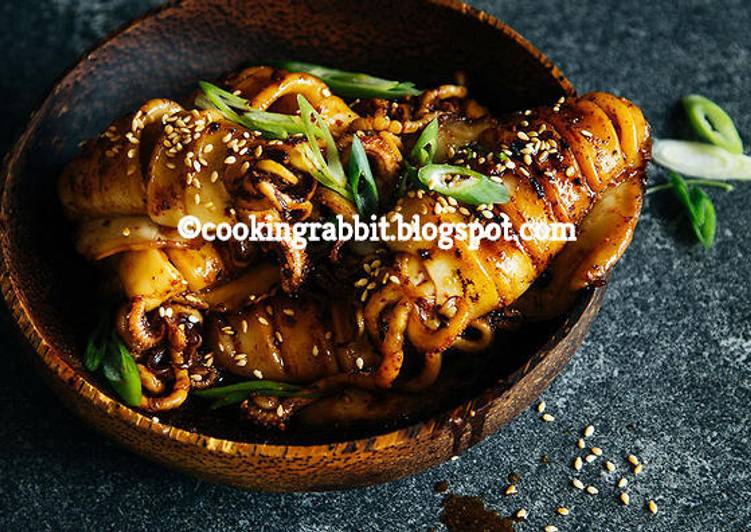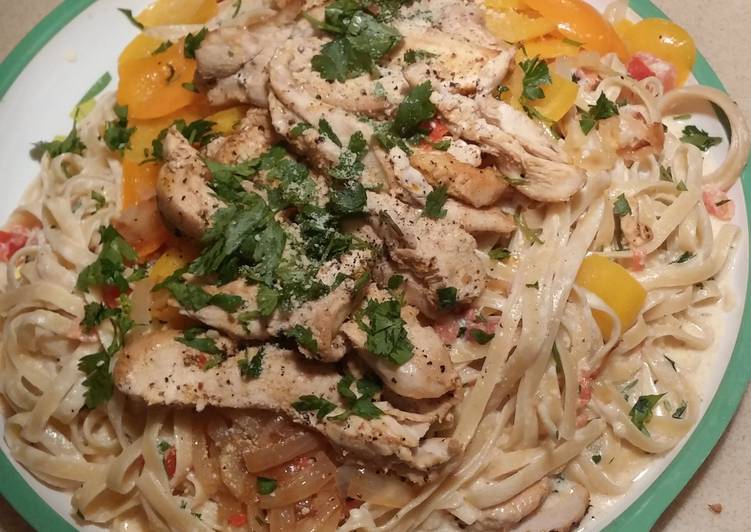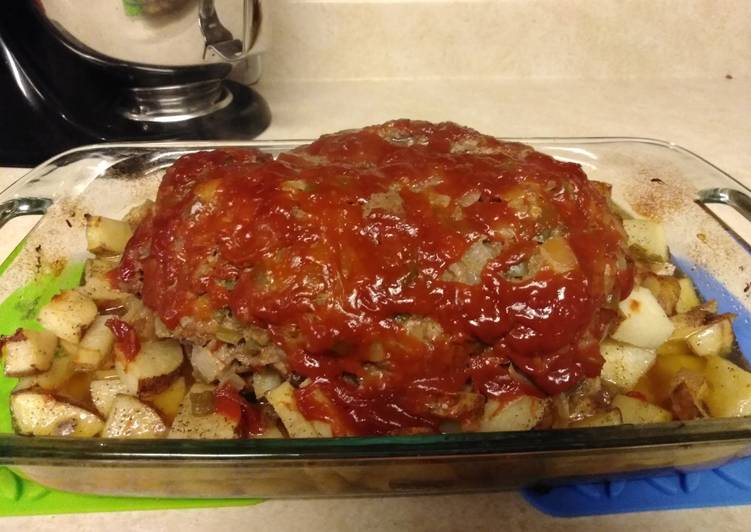
Hey everyone, I hope you’re having an incredible day today. Today, I will show you a way to prepare a special dish, typical japanese special squid. It is one of my favorites. For mine, I’m gonna make it a bit unique. This is gonna smell and look delicious.
The seafood menu with the basic ingredients of squid, combined with the typical Japanese ginger sauce. Will give a warm sensation when eaten. The Japanese flying squid, Japanese common squid or Pacific flying squid, scientific name Todarodes pacificus, is a squid of the family Ommastrephidae.
Typical japanese special squid is one of the most popular of current trending meals in the world. It’s appreciated by millions every day. It’s easy, it’s quick, it tastes delicious. They’re fine and they look fantastic. Typical japanese special squid is something which I have loved my whole life.
To get started with this recipe, we have to first prepare a few components. You can cook typical japanese special squid using 9 ingredients and 6 steps. Here is how you can achieve it.
The ingredients needed to make Typical japanese special squid:
- Take 500 g (1 lb) 2 oz) squid hoods, cleaned and cut into 2 cm (¾ in) rings, leave tentacles intact
- Make ready 2 tbsp sesame seeds, toasted until golden
- Take 2 spring onions (scallions), thinly sliced on the diagonal
- Prepare japanese marinade
- Take 125 ml (4 fl oz/½ cup) light soy sauce
- Make ready 5 cm (2 in) piece of ginger, peeled and finely grated (approximately 2 tbsp)
- Prepare 3 tbsp mirin
- Make ready 1 tbsp shichimi tōgarashi (see Note)
- Prepare 1 tbsp peanut oil
A wide variety of japanese squid options are available to you, such as variety, feature, and the squid parts. Surume Ika or Japanese Common Squid/Pacific Flying Squid is also called by regional names of Ma Ika, Matsu Ika or Kanzegi. It caught off the shores of Northern Japan and south of Kyushu Island. Delicious recipe of squid with cabbage, bean sprouts, and noodles.
Instructions to make Typical japanese special squid:
- To make the marinade, combine the ingredients in a large bowl. Reserve half the marinade for basting.
- Add the squid to the remaining marinade and mix well to coat. Set aside in the refrigerator to marinate for 15 minutes.
- Preheat a barbecue grill to high and lightly grease with oil.
- Grill the squid, turning frequently and basting with reserved marinade, for 2–3 minutes until opaque and tender. Take care not to overcook the squid as it can quickly become rubbery.
- Serve garnished with toasted sesame seeds and spring onions.
- NOTES - - Shichimi togarashi is a traditional Japanese seven-spice mix, predominately made up of red pepper, and is available from Asian supermarkets.
Typical Japanese fish donburi, shrimp tempura, raw shrimps, salm. Shrimp and Octopus on a white plate. Itadakimono (a gift humbly received): Squid Yesterday morning I had a chance to go to the Kyoto Central Wholesale Food Market with the Iron Chef Mr Tanigawa gave me several of the squid that he bought and told me to make shiokara with it. Shiokara is a side dish not for the faint hearted that. Ojingeo is squid, and muchim refers to the dishes that are made by mixing the prepared ingredients with seasonings.
So that’s going to wrap this up with this exceptional food typical japanese special squid recipe. Thanks so much for reading. I’m confident that you will make this at home. There’s gonna be more interesting food at home recipes coming up. Don’t forget to bookmark this page in your browser, and share it to your loved ones, friends and colleague. Thank you for reading. Go on get cooking!

